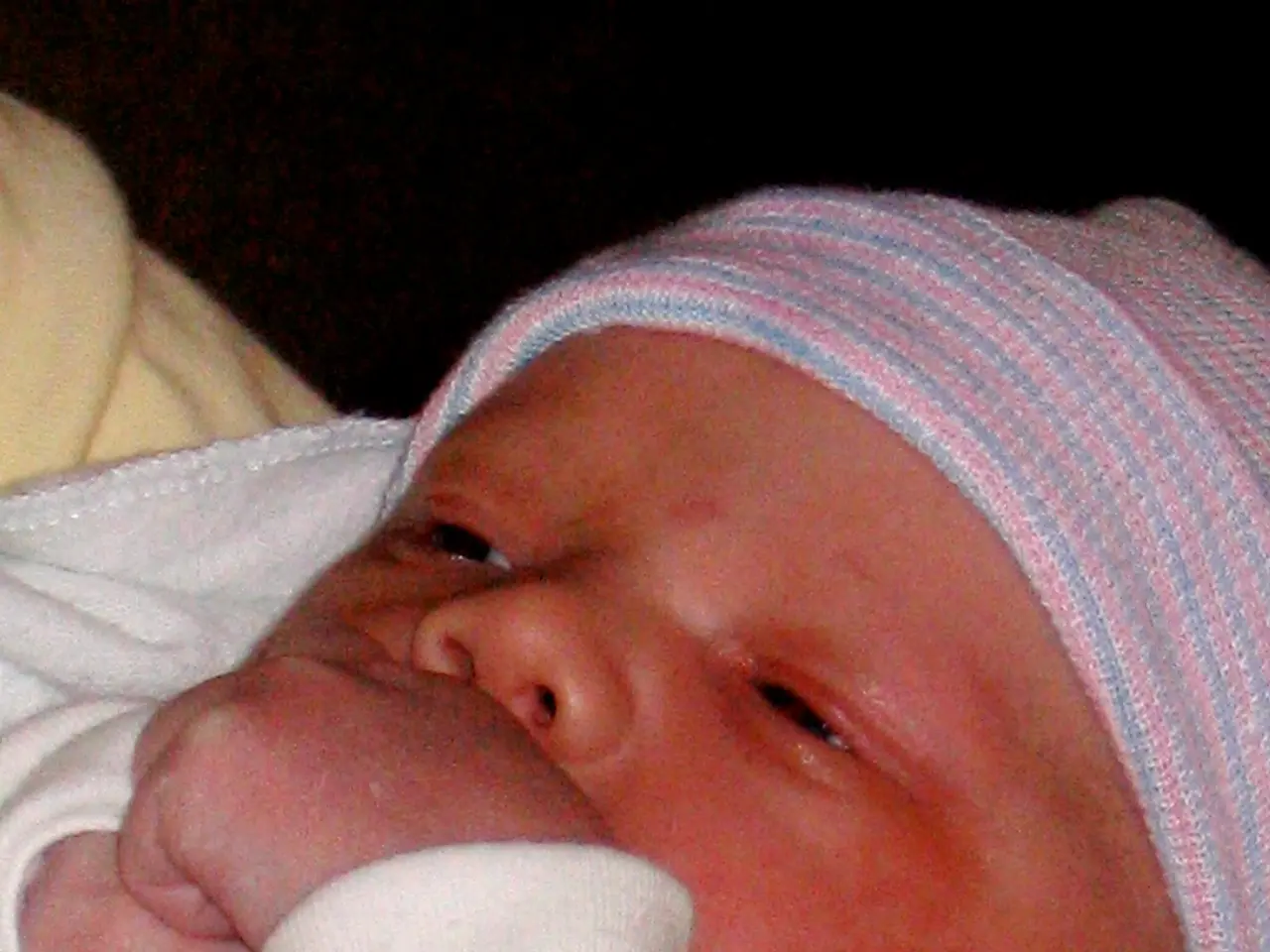Early pregnancy indications, progression, medical care, and advice
Pregnancy is a unique and transformative journey, marked by a series of physical, emotional, and hormonal changes. Here's a breakdown of what to expect during the three trimesters.
**First Trimester (Weeks 1–12):**
Symptoms typically begin early, including fatigue, breast tenderness, nausea (morning sickness), frequent urination, abdominal cramps, and mood swings. Morning sickness usually peaks between weeks 6 to 10 and might include vomiting. Other signs include food aversions or cravings, bloating, increased salivation, dizziness, headaches, and changes in taste and smell.
The embryo rapidly develops organs; detection of the fetal heartbeat generally occurs by 6 to 7 weeks. It is common to experience emotional ups and downs due to hormonal changes. By the end of the first trimester, some women begin to feel energy levels improve as morning sickness subsides.
**Second Trimester (Weeks 13–27):**
Many early symptoms like nausea typically ease, and women often experience a surge in energy. The baby bump becomes more noticeable; breast tenderness and mild nausea may persist but often decrease. You may begin to feel your baby's first movements, called "quickening," around this time. Other common symptoms include backaches and minor abdominal discomfort. Skin changes such as darkened nipples and the linea nigra (a dark line down the abdomen) often appear. Weight gain becomes more noticeable, and the fetus’s organ systems continue maturing.
**Third Trimester (Weeks 28-Birth):**
As the fetus grows larger, pressure on the bladder can increase, leading to more frequent urination again. Backaches and pelvic pain commonly intensify due to increased weight and body changes. Some women experience swelling, shortness of breath, and fatigue as the body prepares for labor. Braxton Hicks contractions (practice contractions) may begin. Emotional changes and anxiety about childbirth can become more pronounced.
Over time, symptoms typically transition from early nausea and fatigue in the first trimester to increased physical changes and baby movements in the second, culminating in physical discomfort and preparation for delivery in the third trimester.
It is crucial to seek medical attention if experiencing severe abdominal pain, heavy bleeding, persistent vomiting leading to dehydration, fever, severe dizziness, or fainting at any stage. Pregnancy can be an exciting time marked by significant changes, and it is important to have a medical professional monitor a pregnancy and follow all medical recommendations to reduce the risk of complications.
By week 9, the embryo becomes a fetus and continues to develop inside the uterus. Regular check-ups and tests throughout pregnancy ensure the baby is developing properly, and doctors will monitor for potential complications such as hypertension, preeclampsia, gestational diabetes, infections, placenta previa, and dental problems.
During this period, pregnant people should consume less than 200 mg of caffeine per day, as recommended by the American College of Obstetricians and Gynecologists. To reduce discomfort during pregnancy, pregnant people can keep physically active, maintain a healthy weight, follow a healthy and balanced diet, take vitamins and supplements, consume plenty of fluids, and avoid overheating.
Labor and delivery consist of several stages, including early labor, active labor, transition, and pushing. When a pregnant person is ready to deliver, there will be signs such as lightening, mucus plug expulsion, water breaking, effacement, dilation, contractions, and crowning. The fetus will usually make its way into a head-down position in preparation for birth after week 33. The fetus may weigh anywhere from 6 3/4 to 10 lbs and be about 16-19 inches long at 38 weeks, which is considered full-term.
Regular check-ups and tests throughout pregnancy, coupled with a healthy lifestyle, can help ensure a smooth and successful pregnancy journey.
- In the context of pregnancy, it is essential to understand the trimesters, and during the first trimester (Weeks 1–12), symptoms might include fatigue, nausea, and mood swings, while the embryo develops organs, and a fetal heartbeat is often detected by 6 to 7 weeks.
- The second trimester (Weeks 13–27) usually sees a decline in early symptoms like nausea, with an increase in energy; the baby bump becomes visible, and frequent movements from the baby, known as "quickening," can be felt.
- Pregnant individuals should be aware that as they enter the third trimester (Weeks 28-Birth), symptoms may transition to physical discomfort, such as increased pressure on the bladder, backaches, and pelvic pain, as the fetus grows larger.
- To maintain a healthy pregnancy, expectant mothers should consume less than 200 mg of caffeine daily, keep physically active, and follow a healthy and balanced diet; medical check-ups and tests are crucial for monitoring the baby's development.
- Pfizer's Paxlovid, a prescribed antiviral medication, may be recommended for pregnant individuals at high risk for severe illness from COVID-19, demonstrating science's role in improving women's health and overall health-and-wellness.




